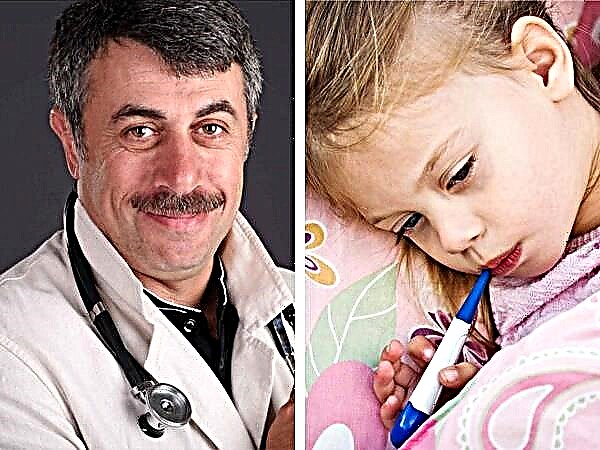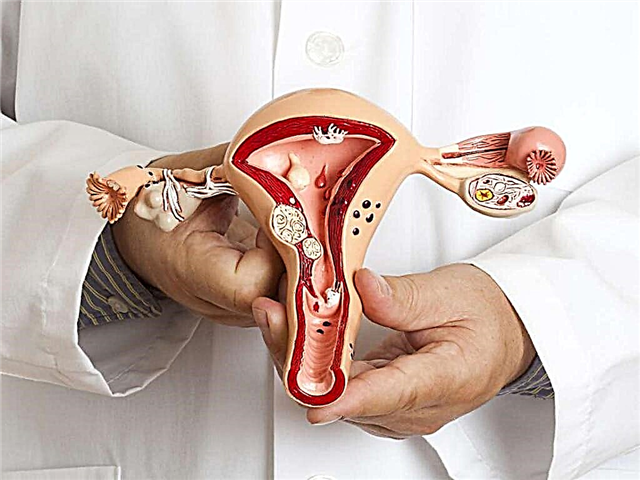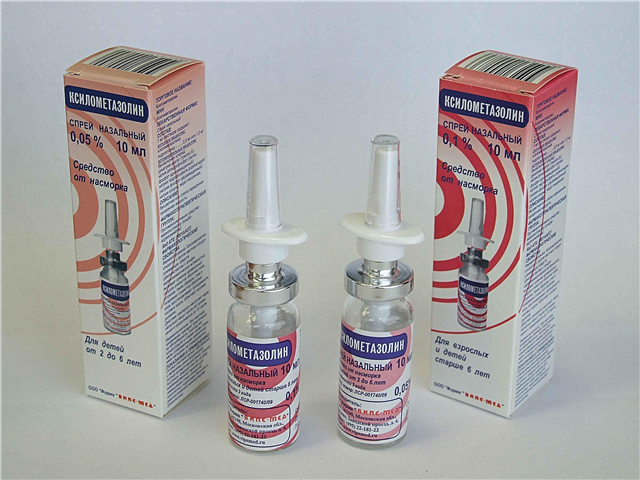Puzzles are one of the best educational activities for children. From an early age, with their help, you can form a child's accuracy, perseverance, patience, logical and imaginative thinking. Despite the fact that many parents begin to introduce a child to the game only after 3 years, folding pictures will benefit even the smallest children.

The benefits of puzzles for the development of a child under 3 years old
From 6 months, start attracting the baby's attention to bright colorful pictures, which are made up of several large parts. Of course, a kid at this age will not be able to fold it on his own, but he will be happy to watch how adults do it. During the game, he will get to know and remember different colors.

Already at one year old, children with the help of their parents will be able to independently assemble the simplest puzzles, consisting of 2-3 parts. These should be images of familiar objects (a cup, a bun, a typewriter). Drawing up a picture contributes to the formation of logical thinking and spatial orientation.
For example, you can download 4-part puzzles here
After 18 months, children are actively developing fine motor skills of the fingers, and folding the puzzle will help the process. At this age, insert frames can be added to traditional flat puzzles. They are frames with holes into which you can insert parts of various shapes, such as geometric shapes.

The sooner you open the wonderful world of puzzles for your child, the more chances that by the age of 3 he will be able to independently assemble a picture consisting of 24 elements.
How to choose puzzles
The size of the parts is of prime importance. In no case should you buy jigsaw puzzles consisting of small pieces that the baby can put in his mouth. For the smallest, a puzzle mat is ideal, on which the baby will be happy to play.

No less important is the material from which they are made and the quality of workmanship. Paper elements should be made of thick cardboard with smooth edges without rough joints. Choose wooden puzzle pieces that are well polished, without sharp corners. The safest are printed rubber puzzles that can be used even when bathing your baby. When buying a game with plastic parts, you should inquire about the quality certificate for this product.
When choosing a game for children under 3 years old, you need to pay attention to the drawing. It is desirable that it be in contrast with clear lines of color transition. The image must be positive.
How to teach a kid to collect puzzles
In order not to discourage your child from a useful activity, you should be patient and have time to collect images together. At first, you yourself will have to repeatedly collect the picture in front of the crumbs, commenting on your actions.
Start with a pair of puzzles in two pieces. With their help, the kid will learn to fold the lock and understand the meaning of the game. When this stage is passed, you can increase the number of parts to four.
First, to simplify the process, remove two fragments from the assembled picture and ask your baby to help you put them in place. If the crumb does not cope with the task, feed him the necessary parts, which he will only fold. The main thing is that he takes part in the process.
As you acquire skills, the number of game parts increases and their size decreases. At some stage, a hitch may arise, with which you should also help your child cope. Put the picture together the first time. It is easier for young children to navigate by shape rather than by image. Having memorized the order of assembly, he can easily repeat the process on his own.
It is too early to explain to children under 3 what corner and edge elements are. Therefore, it is easier to start assembling from the largest fragment of the image. If the picture shows several disparate objects, they can be assembled separately, and then connected.
The correct approach to teaching will help the baby not only master the puzzle, but also instill a love for a useful activity.



